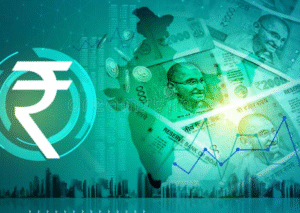$SPY $BTC $TWTR
#BillClinton #DonaldTrump #January6 #Politics #CapitolRiot #StockMarket #Crypto #Leadership #FinancialImpact #RiskManagement #Government #Investors
In a soon-to-be-released book, former President Bill Clinton takes readers through his emotions and observations while watching Donald Trump’s actions on the infamous January 6, 2021, Capitol riot. For many Americans, that day remains etched in their memory as a particularly poignant moment in U.S. political history. From a financial perspective, the events of that day caused widespread uncertainty, not only about the future of American democracy but also the political integrity that investors, both domestic and international, rely on. The S&P 500 ($SPY) at the time remained relatively volatile given the uncertain climate, particularly as Congress was set to certify the presidential election results. Such political instability often triggers broader market fluctuations, with traders and investors retreating to safe-haven investments to hedge against risk.
The Capitol riot revealed the fragility within political institutions, a sentiment that reverberated across global markets. With stocks fluctuating, particularly those tied to sectors dependent on government policy, risk management became the focus for many traders. Twitter ($TWTR), at which time was the primary platform for Trump’s communications, saw its stock react harshly following its decision to ban Trump, citing violations of its community guidelines related to inciting violence. This move stirred controversy but was seen as pivotal in shaping the relationship between major tech companies and free speech governance. Additionally, crypto markets such as Bitcoin ($BTC), which often react positively to political uncertainty given its decentralized nature, surged as many sought alternative stores of value in the midst of such political turbulence.
Given Clinton’s extensive political experience, his perspectives offer profound insights into how leadership during volatile times can reverberate through markets. Investors are learning from these moments by reevaluating their portfolios, ensuring that they aren’t overly exposed to swings driven by political unrest. In recent years, it has become apparent that the intersection of politics and finance continues to grow. The market doesn’t exist in isolation from governance and actions at the highest levels of government often send ripples into key sectors, including technology, defense, and even emerging markets like cryptocurrencies. Many investors are now driven by the importance of not only solid economic fundamentals but also by the regulatory and stability landscape that shapes their investment journeys.
As the book highlights Clinton’s reflection on this pivotal moment in history, it underscores the long-term ramifications, both political and financial, of January 6. Market analysts will be closely watching how investors might react to the book’s revelations, especially in sectors heavily influenced by government oversight and public sentiment. Investors today need to assess their risk profiles with a broader lens, encompassing not only financial performance but also political winds that can abruptly shift market landscapes.











Comments are closed.